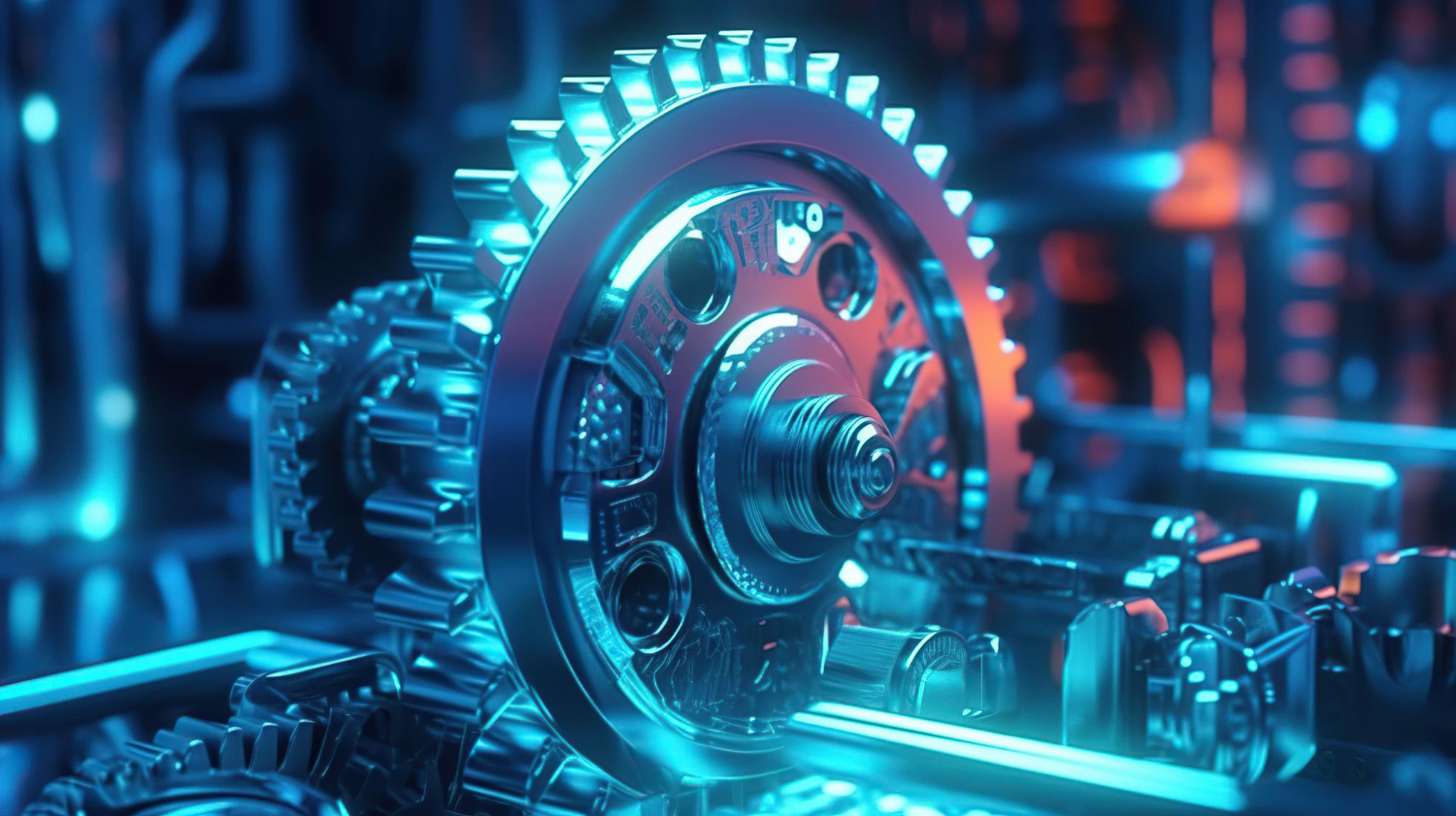
Technology in Gears: Manufacturing and Control
Gears are the unsung heroes of modern machinery, quietly enabling the smooth operation of countless devices we rely on daily. From industrial behemoths to the intricate mechanisms of medical devices, gears play a pivotal role in transmitting power efficiently and reliably.
In this exploration of the technological aspects of manufacturing and controlling gears, we delve into the intricate world of gear machining, from design to execution, and the critical role of CNC technology in this process.
The versatility of gears lies in their ability to transmit high torques while maintaining precision and reliability. They are the backbone of various industries, including automotive, aerospace, energy, and healthcare. Whether it’s the gearboxes of vehicles, propulsion systems of aircraft, or the intricate mechanisms of medical scanners, gears ensure the seamless transmission of motion and power.

Advanced Gear Machining Techniques
At the heart of gear manufacturing lies the precision engineering of tooth profiles. The design process involves mathematical modeling to create tooth profiles that optimize efficiency and durability.
One of the fundamental principles in gear design is the involute curve, which ensures smooth engagement and minimal wear during operation. Other profiles, such as circular arcs and circular arcs, are also utilized depending on specific application requirements.
Machining gears requires advanced techniques to achieve the desired profiles and tolerances. Traditional methods such as chiseling, hobbing, planning, grinding, and shaving have been refined over centuries, ensuring precise tooth geometry.
However, the advent of CNC (Computer Numerical Control) machining has revolutionized gear manufacturing, allowing for unparalleled accuracy and efficiency. CNC machine tools enable complex geometries to be machined with micron-level precision, ensuring consistent quality and performance.
These machines can execute intricate tool paths guided by digital models, resulting in gears that meet the most stringent requirements. Moreover, CNC technology enables the automation of manufacturing processes, reducing lead times and costs while enhancing repeatability.
In addition to machining, quality control is paramount in gear manufacturing. Coordinate measuring machines (CMMs) play a crucial role in verifying the dimensional accuracy of machined gears. By comparing physical measurements to digital models, manufacturers can ensure that each gear meets the specified requirements.
The integration of CAD (Computer-Aided Design) and CAM (Computer-Aided Manufacturing) software further enhances the manufacturing process. Design engineers can create virtual models of gears, simulating their performance under various conditions. These digital prototypes can then be translated into machine instructions for CNC machining, streamlining the production workflow.
Furthermore, advancements in materials science have expanded the possibilities in gear manufacturing. High-performance alloys and surface treatments enhance the durability and wear resistance of gears, prolonging their service life in demanding applications. Additive manufacturing techniques, such as 3D printing, offer new avenues for prototyping and customization, allowing for rapid iteration and optimization.
The technological aspects of manufacturing and controlling gears encompass a wide array of disciplines, from design and machining to quality assurance and materials science.
With advancements in CNC technology and digital modeling, gear manufacturers can produce components that push the boundaries of performance and reliability. As gears continue to evolve alongside technological innovation, they will remain indispensable components in the machinery that drives our world forward.